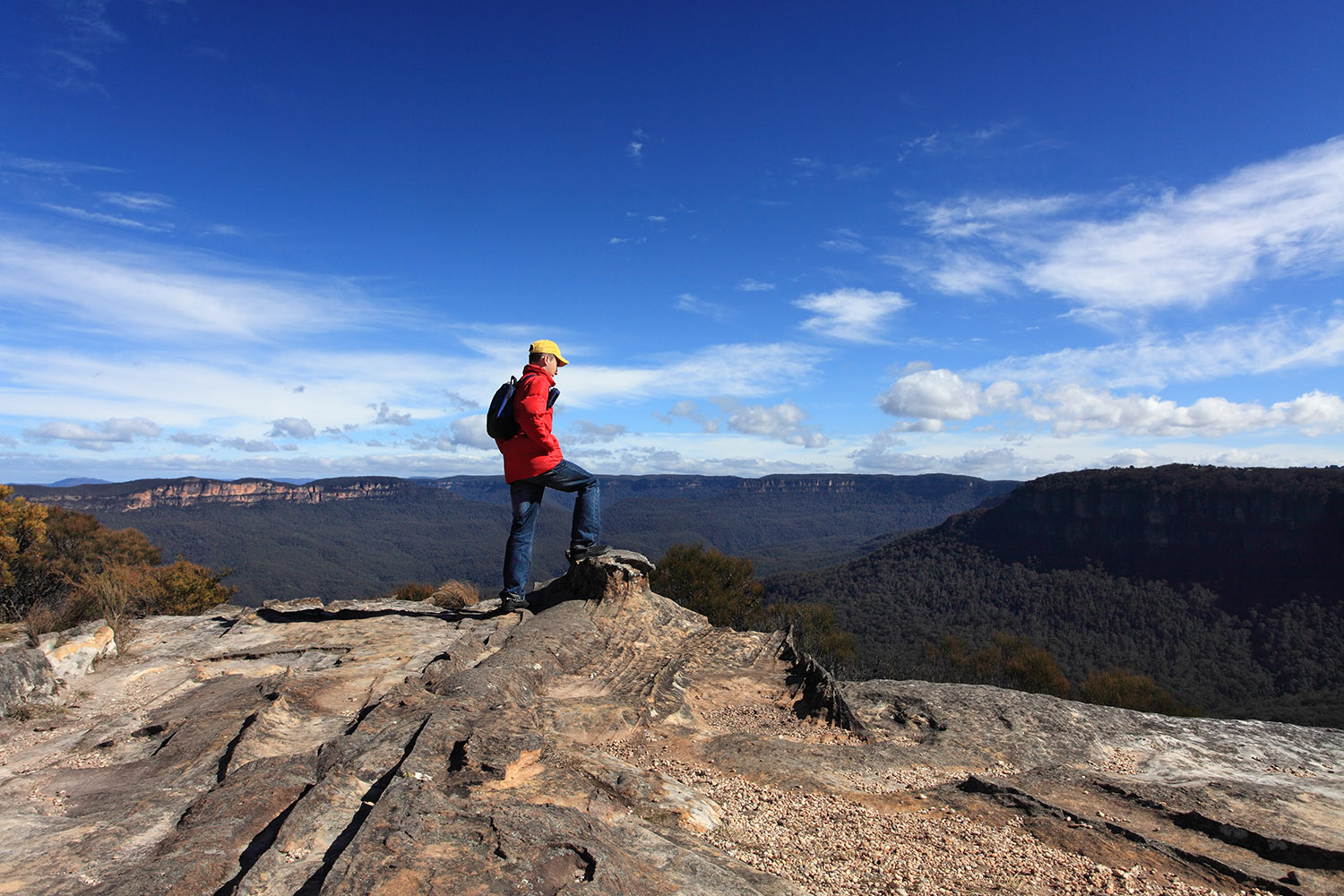
< title
All terrain features are derived from a complex landmass known as a ridgeline, not to be confused with a ridge.
The US Army states that “A ridgeline is a line of high ground, usually with changes in elevation along its top and low ground on all sides from which a total of 10 natural or constructed terrain features are classified”.[1] By comparison, a ridge is a sloping line of high ground.
Major terrain features include hills, saddles, gullies, ridges, and depressions, and they each have characteristic contour lines that make it easy to pick them out in the landscape.
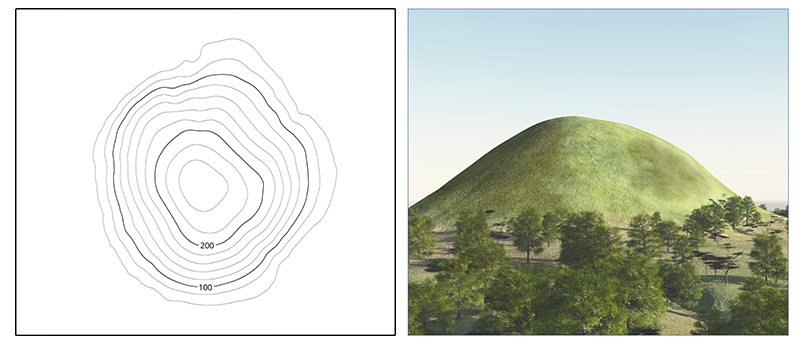 Hills, peaks, knolls, mountains
Hills, peaks, knolls, mountains Saddle
Saddle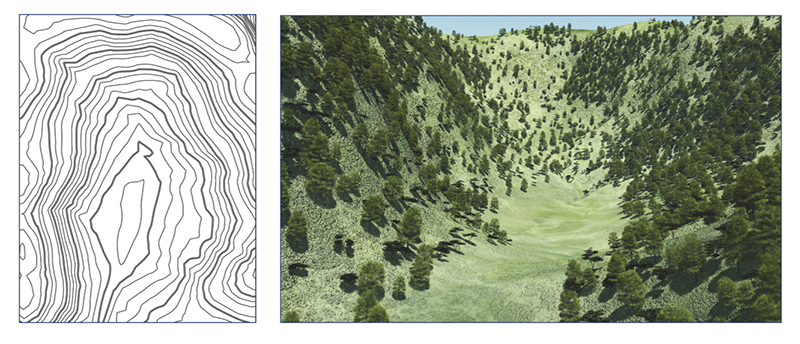 Gully
Gully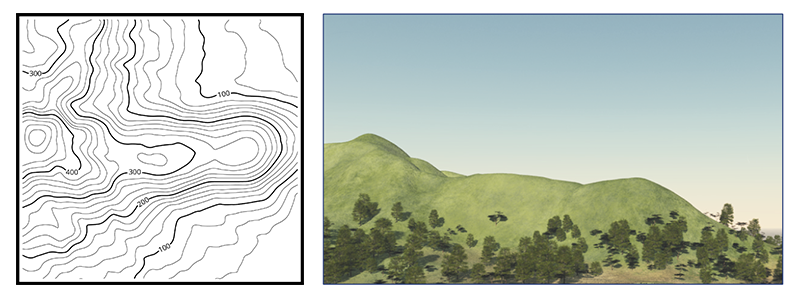 Ridge
Ridge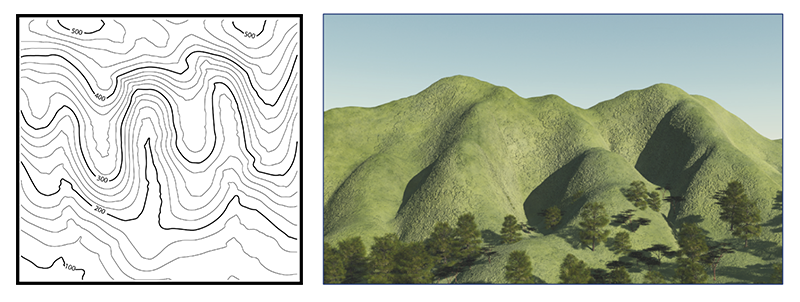 Spur
Spur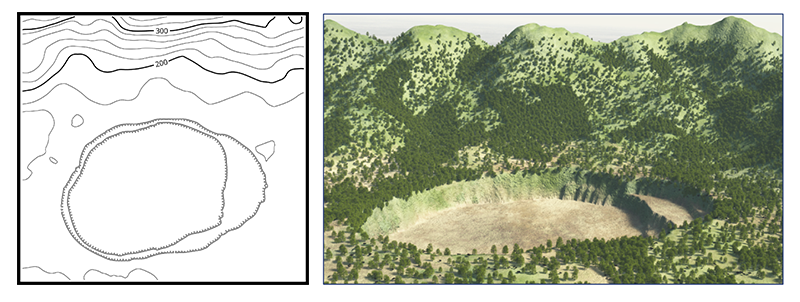 Depression
Depression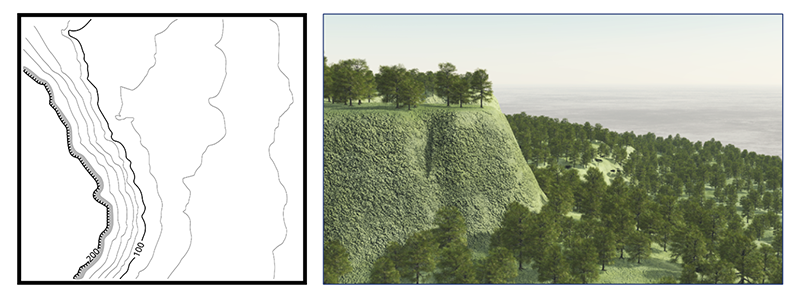 Cliff
Cliff